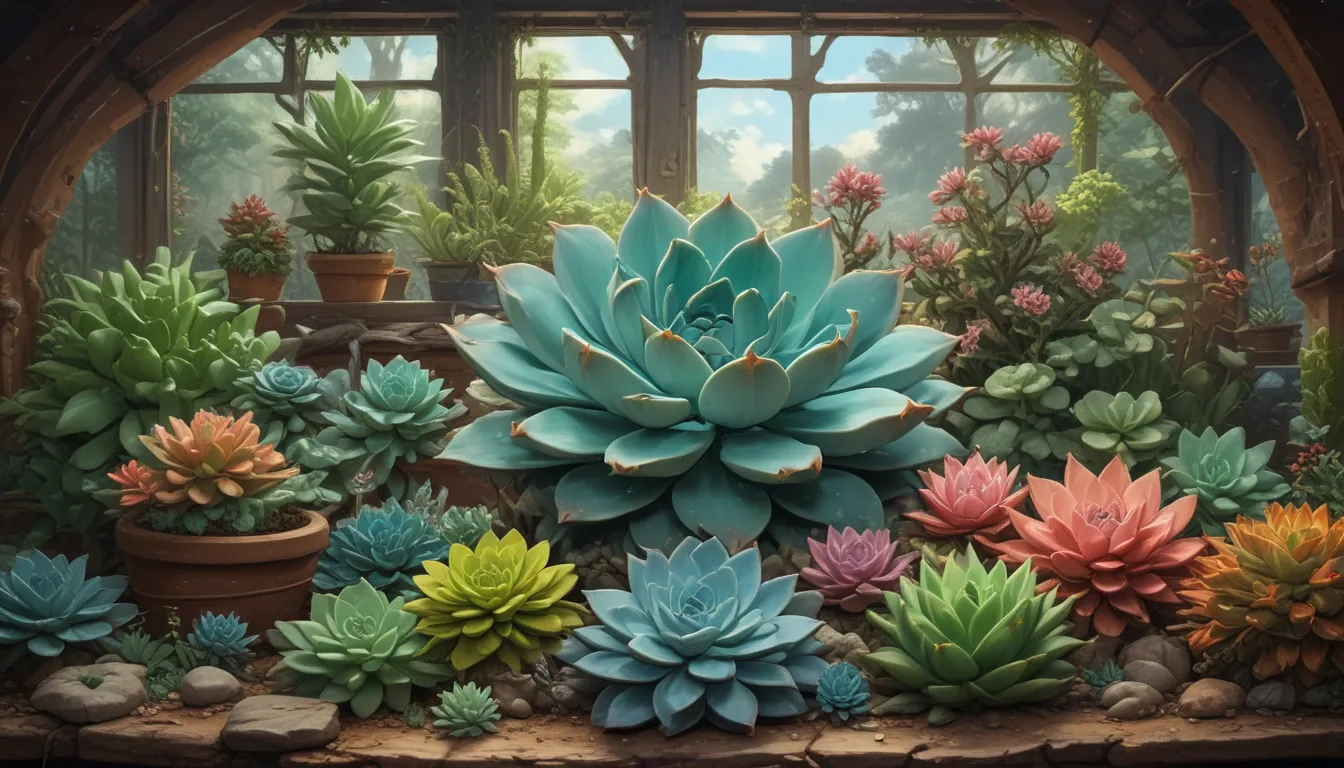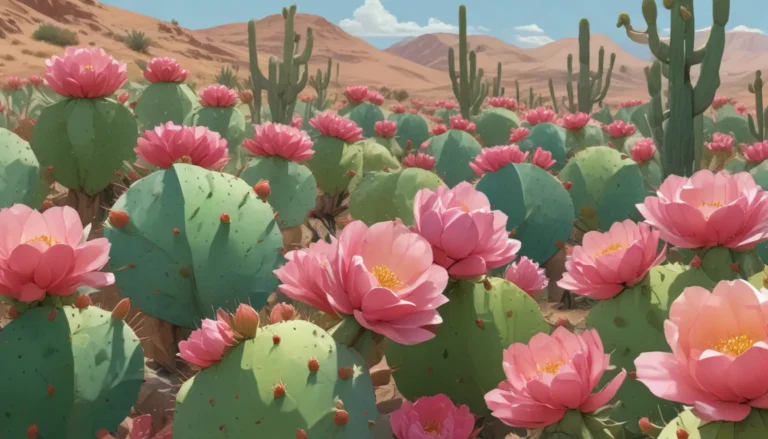A Guide to Growing Stunning Echeveria Succulents

Are you ready to add a pop of color and unique charm to your garden or home? Look no further than Echeveria succulents. These fascinating plants are not only easy to care for but also thrive in neglect and arid conditions. In this in-depth guide, we will explore everything you need to know about growing these beautiful succulents.
What You’ll Learn
- What Is Echeveria?
- Cultivation and History
- Propagation
- How to Grow
- Growing Tips
- Pruning and Maintenance
- Species and Cultivars to Select
- Managing Pests and Disease
- Best Uses
- Quick Reference Growing Guide
What Is Echeveria?
Echeveria is a genus of approximately 150 species and hundreds of cultivars of evergreen perennials, ornamental flowering plants with thick, fleshy leaves and stems in loose or tight rosettes. These plants are native to Mexico, Central America, and South America, where they thrive in semi-desert terrain. The unique leaves of Echeveria come in a variety of colors, including blue-green, burgundy, chartreuse, gray-green, green, lilac, scarlet, and plum. In summer, tall flower spikes shoot up, carrying clusters of small, starry or bell-shaped flowers in bright colors like orange, peach, pink, red, white, and yellow.
Cultivation and History
Initially described by Swiss botanist Augustin de Candolle in the early 1800s, the Echeveria genus was named in honor of 18th-century Mexican botanical artist Atanasio Echeverría y Godoy. Today, hundreds of cultivars are available, with some varieties winning awards for their unique characteristics.
Echeveria Propagation
Echeverias are easy to propagate from offsets and leaf cuttings. To propagate offsets, gently remove them from the mother rosette and pot them up in containers with cacti and succulent potting soil. For leaf cuttings, place the leaf on top of the soil in a small container filled with succulent soil mix, and wait for new roots to develop.
How to Grow Echeveria
Echeveria thrives in well-draining, porous soil with a slightly acidic pH in a full sun location. They are drought-tolerant plants that require minimal water. Be cautious not to overwater, as this can lead to issues like root rot. When growing Echeveria indoors, ensure they receive bright light and water sparingly.
Growing Tips
- Choose containers or planting sites with excellent drainage and full sun exposure.
- Water sparingly and allow the soil to dry out between applications.
- If your garden plants need to come indoors for winter, plant them in containers instead of beds for easier relocation.
Pruning and Maintenance
Echeverias rarely require pruning, but cutting back flower stems after flowering and removing damaged growth can help maintain plant health. Fertilize twice a year with a low-nitrogen formula designed for cacti and succulents. Avoid overwatering and provide winter protection in colder climates.
Echeveria Species and Cultivars to Select
There are many varieties of Echeveria to choose from, each with unique colors, shapes, and sizes. Some popular cultivars include ‘Blue Curls’, ‘Doris Taylor’, ‘Elegans’, ‘Perle Von Nurnberg’, and ‘Truffles’.
Managing Pests and Disease
While Echeverias are largely pest-free, occasional issues with spider mites and mealybugs may occur. These can be treated with beneficial bugs or horticultural soap. Fungal problems like root rot can be prevented by planting in well-draining soil and avoiding overwatering.
Best Uses
Echeverias are versatile plants that are suitable for a variety of settings. They work well in massed groupings, containers, borders, and rock gardens. They also make excellent tabletop accents and are perfect for terrariums and living walls.
Desert Delights
With their lovely symmetrical rosettes in vibrant colors and colorful flower spikes, Echeveria succulents are a true delight for the desert garden. Whether planted outdoors or as houseplants, these low-maintenance beauties are sure to add a touch of elegance to any space.
Are you ready to introduce some Echeveria succulents to your garden or home? Share your plans in the comments below, and enjoy the process of growing these stunning plants!
And for more information on growing succulents, check out our other guides on Anacampseros succulents, succulent care, and Mother of Millions succulents.





